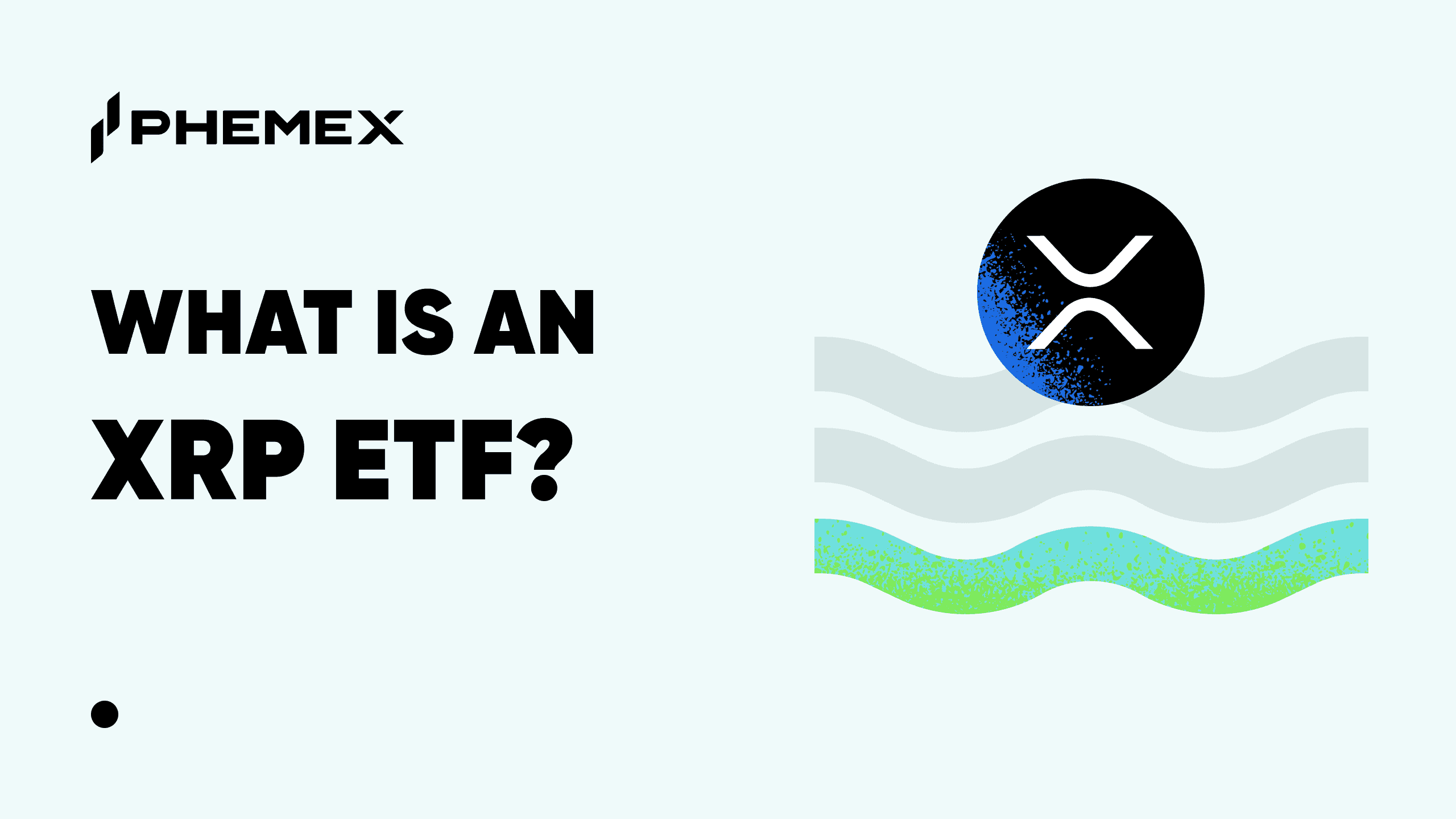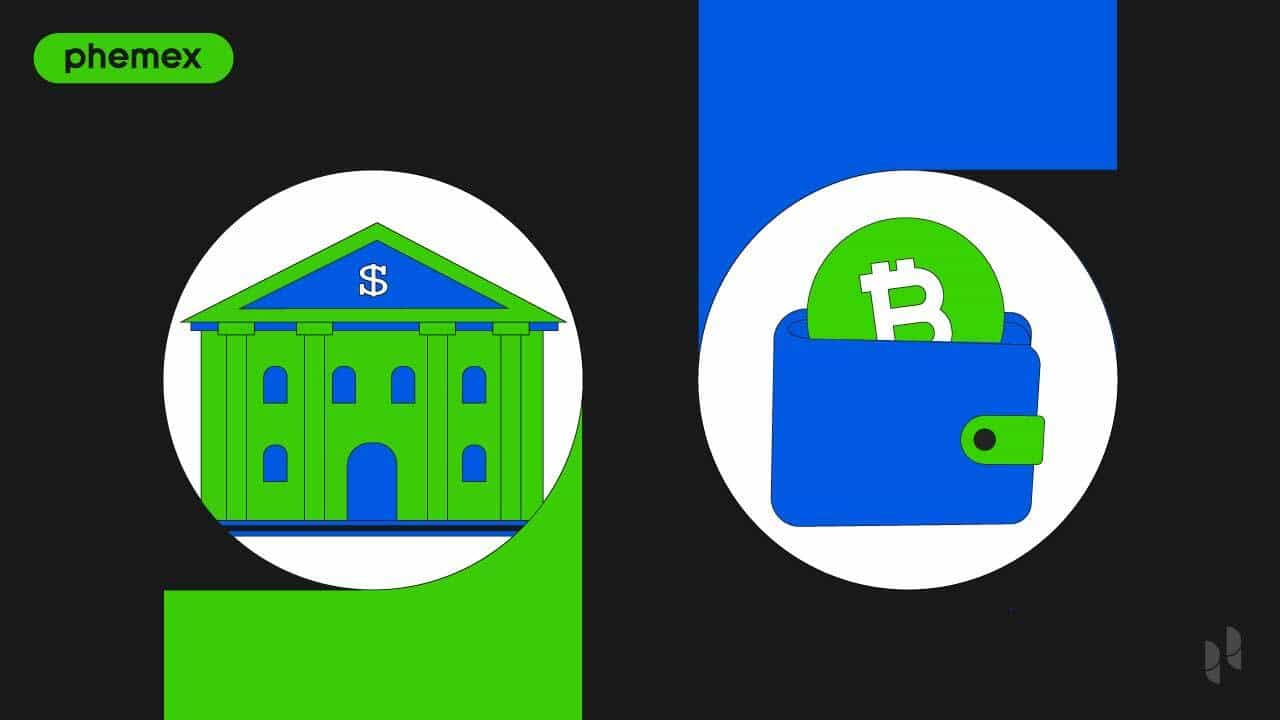What is stagflation?
Stagflation arises when an economy's growth is insufficient to fulfill its population's needs, coupled with rampant inflation—a scenario often viewed as paradoxical since growth typically doesn’t stall in times of high inflation.
In periods of stagflation, economic expansion is minimal, leading to increased unemployment as prices rise, paradoxically, as though demand remains high. This can further depress demand for goods and services, potentially escalating unemployment.
When inflation is rampant, forecasting future financial capabilities becomes challenging, complicating immediate financial planning and investments due to the uncertainty surrounding future income levels. This leads to heightened economic uncertainty and further deceleration of growth. The term 'stagflation' is thus coined from the fusion of 'stagnation' and 'inflation.'
A prime historical instance of stagflation occurred in the 1970s when numerous advanced economies struggled with sluggish growth, elevated unemployment, and inflation, partly due to a worldwide energy crisis. Stagflation can also be triggered by certain monetary or fiscal policies, such as the U.S. abandoning the gold standard during the same era.
Does stagflation always lead to recession?
Stagflation does not inevitably lead to a recession. While stagflation is a challenging economic condition often resulting from unfortunate events and policy errors, it is not an assured precursor to an economic downturn. The key to preventing a progression to recession lies in strategic fiscal and monetary policies. Authorities might raise interest rates and contract the money supply, or the government could stimulate the economy through increased spending or tax reductions. Implementing labor reforms, instituting price controls, and deregulation could also serve as remedies. Nonetheless, navigating stagflation requires caution, as any policy missteps could potentially exacerbate the situation, propelling the economy towards a recession.
What causes stagflation?
The root causes of stagflation are multifaceted and subject to various interpretations. A prevalent view is that significant increases in oil prices, coupled with a reduction in production, can lead to both an uptick in general prices and a spike in unemployment. Inadequate economic policies are also widely recognized as contributors to stagflation.
The complexity of stagflation often outstrips the explanatory power of existing theories, as it presents an aberration from accepted economic behaviors. Typically, economists expect that rising unemployment will accompany reduced economic activity but not coincide with inflation, which would typically dampen consumer spending power.
Stagflation presents a dire predicament, challenging policymakers with a suite of tough decisions. The limited toolkit to counter stagflation often involves measures such as injecting more money into the economy to stimulate growth and managing taxation and living costs. However, increasing the money supply tends to be a temporary fix, not a cure for the underlying economic challenges.
How does stagflation affect cryptocurrency markets?
Understanding the impact of stagflation on cryptocurrency markets requires looking at the relationship between such economic conditions and traditional financial systems. Stagflation generally exerts a negative influence on conventional markets, and due to the strong correlation between cryptocurrencies and broader market indices, digital currencies may also experience adverse effects.
Investors in conventional assets might be more inclined to withstand the economic instability that comes with stagflation, unlike those invested in the more volatile cryptocurrency markets, which could see a decrease in demand.
The inclination of retail investors to purchase digital assets may wane during stagflation as high inflation erodes their purchasing power, making the already volatile investment in cryptocurrencies less appealing.
However, strategic cryptocurrency investors might favor digital currencies during such times, as these assets operate on blockchain technology, independent of any single nation's monetary policy. This attribute can offer a hedge against inflation in individual economies, allowing investors to potentially secure gains from cryptocurrencies even when their local currency is depreciating.
Particularly in countries experiencing hyperinflation, such as Venezuela or Argentina, cryptocurrencies can provide a financial refuge, offering an alternative method of payment and a safeguard against rapid and excessive inflation. In such scenarios, converting assets into cryptocurrencies like Bitcoin may be a strategic move to preserve value.
What does stagflation mean for Bitcoin?
Bitcoin (BTC) is frequently compared to gold as an inflation hedge due to its deflationary nature and decentralization. BTC operates independently of central bank policies, potentially reducing susceptibility to inflationary and corrupt practices.
With a capped supply of 21 million coins and a halving event every four years that reduces the rate of new BTC entering circulation, Bitcoin embodies scarcity and has earned the moniker of 'digital gold' or a 'store of value.'
As Bitcoin and the cryptocurrency market at large increasingly correlate with stock markets, the reaction of BTC prices to interest rate hikes becomes a focal point. The degree to which Bitcoin can decouple from these market movements, especially amidst broader institutional adoption, will be critical.
Stagflation might accelerate the adoption of BTC and cryptocurrencies if they are perceived as viable alternatives to a debt-laden financial system. Increased trust in Bitcoin as a stable financial instrument could shift in times of economic uncertainty, potentially leading to an increase in its price and adoption rate.
What Can Be Done During Stagflation?
In response to stagflation, tax policy is an important tool. Governments can employ expansionary fiscal measures to spur demand and growth or enact spending cuts to control inflation. Monetary policy also plays a crucial role, with central banks adjusting interest rates to influence economic activity. By lowering interest rates, borrowing costs decrease, stimulating spending; conversely, raising rates can help contain an overheated economy.
Labor market activation is another strategy to curb unemployment, though it risks triggering wage-induced inflation. Financial instruments like bonds can be utilized to manage the money supply.
Cryptocurrencies can contribute to anti-stagflationary efforts by providing a platform for investment and international market access without the need for traditional intermediaries, potentially fostering a more robust global economy.
Read More
- What Is Stagflation? Crypto Investing Strategies In A Stagflation
- What is Inflation in Crypto?
- Crypto and Inflation: Hedge against a Dollar Collapse?
- Inflation vs Deflation: What Are They and How Do They Differ?
- Global Macro and Microeconomic Trends in 2024
- Is Bitcoin A Strong Investment Instrument Against Inflation?
- All You Need to Know About Stablecoins: Cryptocurrency’s Gold Standard
- July Crypto Market Analysis








